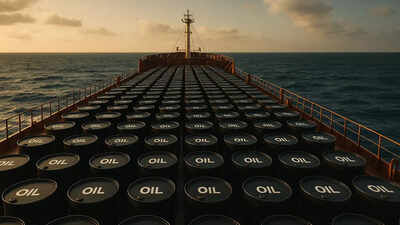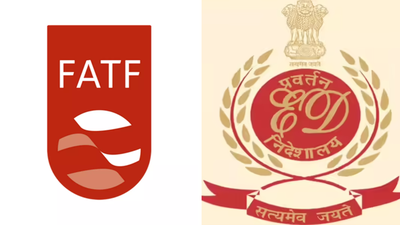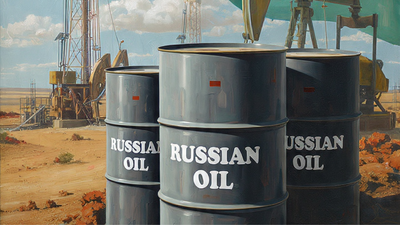Crude oil: Opec+ to raise production by 137,000 bpd from November; group stays cautious amid supply glut fears

 “In view of a steady global economic outlook and current healthy market fundamentals, as reflected in the low oil inventories, the eight participating countries decided to implement a production adjustment of 137 thousand barrels per day from October’s levels,” Opec+ said in a statement after an online meeting.The increase was lower than many analysts had anticipated, with the group seeking to avoid exerting downward pressure on prices amid weak global demand.
“In view of a steady global economic outlook and current healthy market fundamentals, as reflected in the low oil inventories, the eight participating countries decided to implement a production adjustment of 137 thousand barrels per day from October’s levels,” Opec+ said in a statement after an online meeting.The increase was lower than many analysts had anticipated, with the group seeking to avoid exerting downward pressure on prices amid weak global demand.
“Opec+8 stepped carefully after witnessing how nervous the market had become in light of rumours that production could be hiked by 500,000 barrels a day,” said Jorge Leon, analyst at Rystad Energy.
“The group is walking a tightrope between maintaining stability and clawing back market share in a surplus environment.”Since April, the eight members — Saudi Arabia, Russia, Iraq, the UAE, Kuwait, Kazakhstan, Oman, and Algeria — have already raised their quotas by more than 2.5 million bpd.
The initial focus of Opec+ this year was to support high prices by limiting supply, but the strategy shifted in April to prioritise regaining market share from competitors including the US, Brazil, Canada, Guyana and Argentina.Global oil demand projections are modest.
The International Energy Agency expects consumption to rise by only 700,000 bpd between 2025 and 2026, while Opec forecasts higher growth of 1.3 million bpd in 2025 and 1.4 million bpd in 2026.Brent crude, the global benchmark, traded below $65 per barrel on Friday, down about 8% in a week amid concerns over a potential surge in Opec+ production.Russia, the cartel’s second-largest producer after Saudi Arabia, relies on high oil prices to fund its war effort in Ukraine but has limited capacity to increase output due to US and European sanctions.
“The increase decided Sunday is manageable for Russia,” said Leon.
The country currently produces around 9.25 million bpd, close to its maximum capacity of 9.45 million bpd, down from roughly 10 million before the conflict, analysts said.Ukrainian strikes on Russian refineries since August have intensified exports, as domestic utilisation of crude has declined, making Russia even more dependent on foreign markets, said Arne Lohmann Rasmussen, analyst at Global Risk Management



